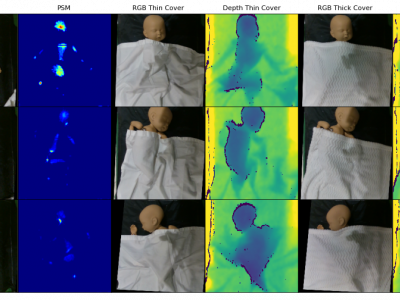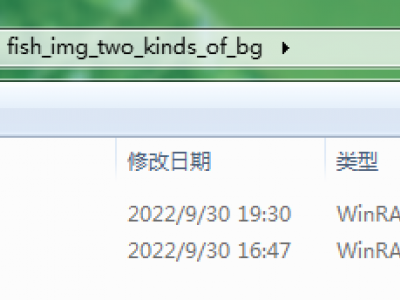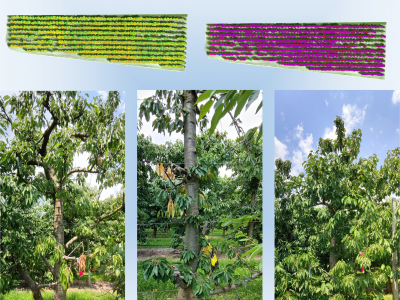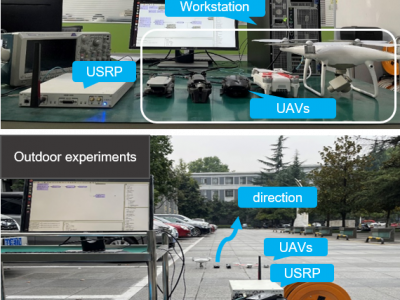Artificial Intelligence

Transistor models are crucial for circuit simulation. Reliable design of high-performance circuits requires that transistor characteristics are adequately represented, which makes accurate and fast models indispensable. Scattering (or S-)parameters are perhaps the most widely used RF characteristics, employed in the design and analysis of linear devices and circuits for calculation of the input and output impedance, isolation, gain, as well as stability, all being important performance figures for small-signal or low-noise amplifiers.
- Categories:
 152 Views
152 Views
The dataset includes the device geometries and the corresponding performance. The device geometries consist of four-dimensional factors (L, W, T, H) and the device performance consists of three-dimensional parameters (R, S, δl).
- Categories:
 550 Views
550 ViewsSimultaneously-collected multimodal Mannequin Lying pose (SMaL) dataset is a infant pose dataset based on a posable mannequin. The SMaL dataset contains a set of 300 unique poses under three cover conditions using three sensor modalities: color imaging, depth sensing, and pressure sensing. It represents the first multimodal dataset for infant pose estimation and the first dataset to explore under the cover pose estimation for infants.
- Categories:
 553 Views
553 Views
This is the dataset we collected for the article "Scalable Undersized Dataset RF Classification: Using Convolutional Multistage Training". 17 objects were collected in the laboratory and scanned using a 'cw radar' setup featuring 2x UWB antennas (1 transmit antenna, 1 receive antenna), inside anechoic chamber. There was no clutter added in the experiment.
- Categories:
 1554 Views
1554 Views
This dataset includes real-world Channel Quality Indicator (CQI) values from UEs connected to real commercial LTE networks in Greece. Channel Quality Indicator (CQI) is a metric posted by the UEs to the base station (BS). It is linked with the allocation of the UE’s modulation and coding schemes and ranges from 0 to 15 in values. This is from no to 64 QAM modulation, from zero to 0.93 code rate, from zero to 5.6 bits per symbol, from less than 1.25 to 20.31 SINR (dB) and from zero to 3840 Transport Block Size bits.
- Categories:
 1919 Views
1919 ViewsThis cherry tree disease detection dataset is a multimodal, multi-angle dataset which was constructed for monitoring the growth of cherry trees, including stress analysis and prediction. An orchard of cherry trees is considered in the area of Western Macedonia, where 577 cherry trees were recorded in a full crop season starting from Jul. 2021 to Jul. 2022. The dataset includes a) aerial / Unmanned Aerial Vehicle (UAV) images, b) ground RGB images/photos, and c) ground multispectral images/photos.
- Categories:
 2890 Views
2890 Views




